As we enter 2024, the world faces a growing environmental crisis, with many species at risk of extinction. The loss of biodiversity is a pressing issue, as animals across the globe are disappearing at alarming rates due to habitat destruction, climate change, poaching, and pollution. This article provides a detailed look at some of the most critically endangered animals in 2024, supported by current data and reasons for their decline.
Several factors contribute to the growing number of endangered species:
Habitat Destruction: Deforestation, urbanization, and agriculture lead to the loss of natural habitats for animals.
Climate Change: Rising temperatures, changing weather patterns, and extreme weather events are affecting ecosystems and the animals that depend on them.
Poaching and Illegal Wildlife Trade: Many animals are hunted for their fur, horns, or other body parts, pushing them closer to extinction.
Pollution: Toxic chemicals, plastic waste, and other forms of pollution are destroying ecosystems and poisoning wildlife.
Invasive Species: The introduction of non-native species can disrupt ecosystems, outcompeting or preying on native species.
Now, let’s take a closer look at the animals most at risk of extinction in 2024.
The vaquita, a small porpoise found only in the Gulf of California, is currently the world’s most endangered marine mammal. As of 2024, it is estimated that fewer than 10 vaquitas remain in the wild, making it a critically endangered species.
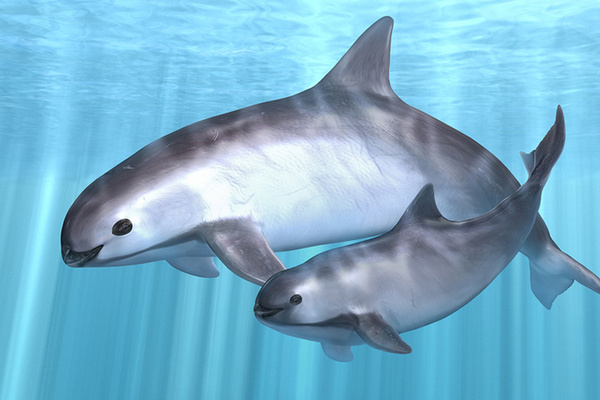
Vaquitas are often caught as bycatch in illegal gillnets used to capture another endangered species, the totoaba fish. Despite efforts to ban these nets, illegal fishing continues, pushing the vaquita closer to extinction. Without immediate intervention, this species may disappear within the next few years.
The Javan rhino is one of the rarest large mammals on Earth, with only about 75 individuals remaining. They are found exclusively in Ujung Kulon National Park in Indonesia.
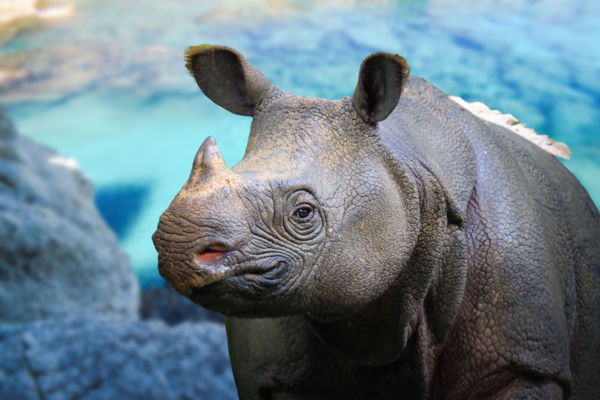
Javan rhinos have been driven to the brink of extinction due to poaching and habitat destruction. While poaching has decreased in recent years, the loss of their forest habitat due to agricultural expansion remains a major threat. With such a small population, they are extremely vulnerable to disease and natural disasters.
The Amur leopard, native to the Russian Far East and northeastern China, is one of the most critically endangered big cats in the world. As of 2024, it’s estimated that fewer than 100 Amur leopards remain in the wild.
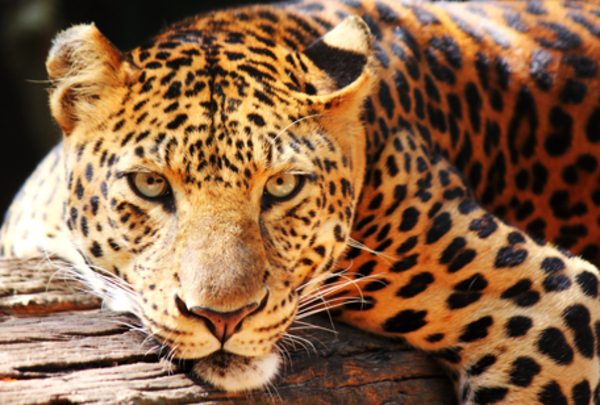
Habitat destruction due to logging, agriculture, and human settlements has significantly reduced the Amur leopard’s range. In addition, illegal poaching for their beautiful spotted coats continues to threaten the species. Prey depletion, caused by hunting of deer and other animals, also contributes to their decline.
The Yangtze giant softshell turtle is the rarest turtle species in the world, with only three known individuals remaining in 2024—one in captivity and two in the wild.
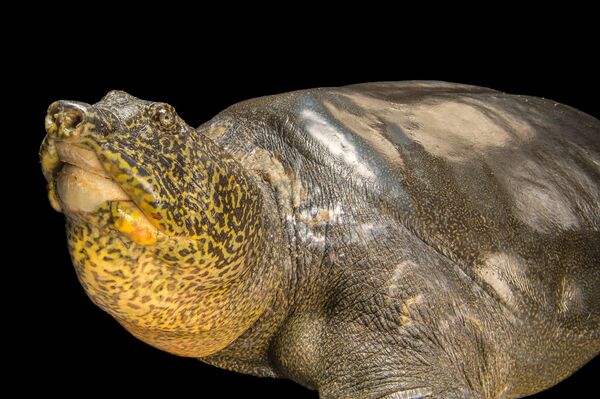
This species has been devastated by habitat loss, pollution, and overfishing in the Yangtze River region. The remaining individuals are scattered, making breeding nearly impossible. Conservationists are racing against time to save this species through assisted reproduction efforts, but the outlook remains bleak.
As of 2024, only two northern white rhinos remain, both of which are females. The species is functionally extinct, with no males left to naturally reproduce. The two rhinos live under constant protection at Ol Pejeta Conservancy in Kenya.
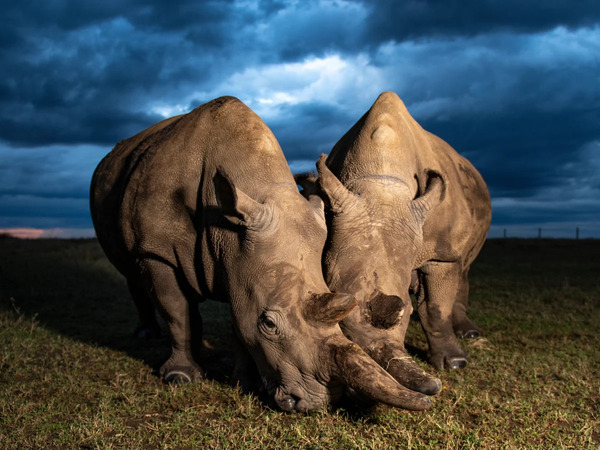
Poaching for their horns has driven the northern white rhino to the brink of extinction. Despite strict anti-poaching efforts, the species has been unable to recover due to the small population. Scientists are exploring advanced reproductive technologies, such as in vitro fertilization, in a last-ditch effort to save the species.
The Sumatran orangutan is critically endangered, with an estimated 14,000 individuals remaining in the wild as of 2024. Found only on the Indonesian island of Sumatra, these great apes are threatened by deforestation and human encroachment.
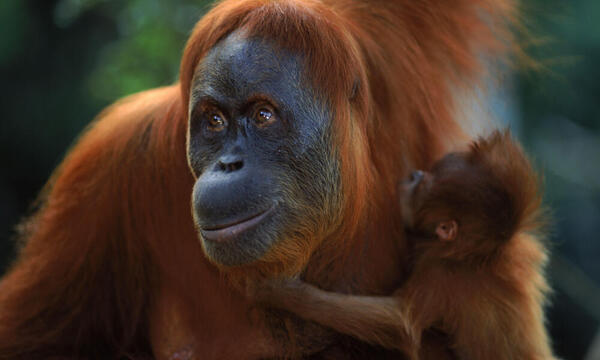
The expansion of palm oil plantations and illegal logging has destroyed much of the Sumatran orangutan’s habitat. As their forest homes disappear, they face food shortages, and many are forced into closer contact with humans, which increases the risk of conflict. Conservationists are working to protect remaining forests and prevent further habitat loss.
Though the mountain gorilla has seen some recovery thanks to conservation efforts, it remains critically endangered. As of 2024, around 1,000 individuals are thought to survive in the wild, primarily in the mountain forests of Uganda, Rwanda, and the Democratic Republic of Congo.

Mountain gorillas face threats from habitat loss, poaching, and diseases like Ebola. Conflict in the region has also led to human-wildlife conflicts, and the encroachment of agriculture into their habitat continues to be a significant issue.
The kakapo, a large, flightless parrot from New Zealand, is critically endangered, with fewer than 250 individuals remaining as of 2024. The kakapo is nocturnal and cannot fly, making it highly vulnerable to predators.
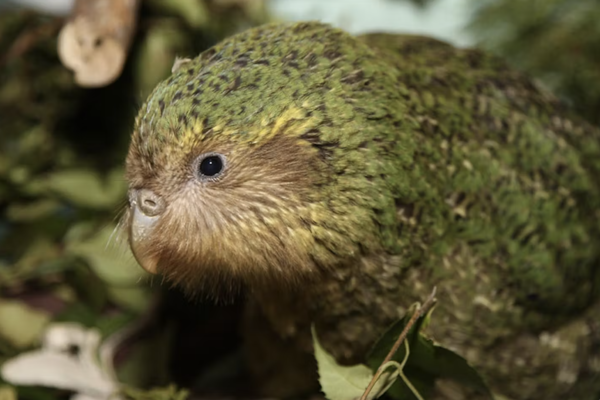
The introduction of non-native predators such as rats, cats, and stoats has decimated the kakapo population. Habitat destruction and a very slow breeding rate also hinder the species' recovery. However, conservation programs have helped increase their numbers in recent years, giving them a chance at survival.
The hawksbill turtle is critically endangered, with only around 15,000 nesting females left in the wild. These sea turtles are found in tropical waters around the world, primarily in coral reefs.
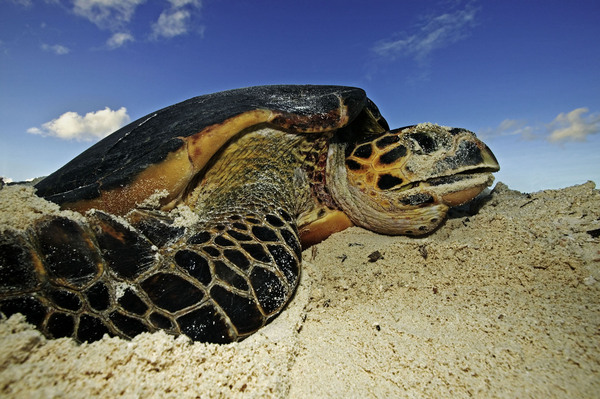
Hawksbill turtles are hunted for their beautiful shells, which are used to make jewelry and ornaments. Additionally, climate change, ocean pollution, and the destruction of coral reefs have further reduced their numbers. Conservation efforts are focused on protecting nesting sites and reducing illegal trade.
While the situation is dire for many of these species, there are steps we can take to help protect them:
Support Conservation Efforts: Donate to or volunteer with organizations that work to protect endangered species and their habitats.
Protect Habitats: Encourage sustainable land use and conservation of natural habitats.
Reduce Climate Change Impacts: Lowering carbon emissions can help mitigate climate change, which is a significant threat to many species.
Avoid Wildlife Products: Refuse to buy products made from endangered species, such as ivory, rhino horn, or turtle shell.
Raise Awareness: Share information about endangered species to educate others and inspire collective action.
As 2024 progresses, the survival of many species hangs in the balance. From marine mammals like the vaquita to land-dwelling animals like the Javan rhino and Amur leopard, these animals face threats that can only be mitigated through global conservation efforts. By raising awareness, supporting sustainable practices, and protecting the environment, we can help ensure that these species do not disappear forever. Time is running out, but with continued effort, there is hope for the future of these critically endangered animals.
animal tags: Vaquita
We created this article in conjunction with AI technology, then made sure it was fact-checked and edited by a Animals Top editor.